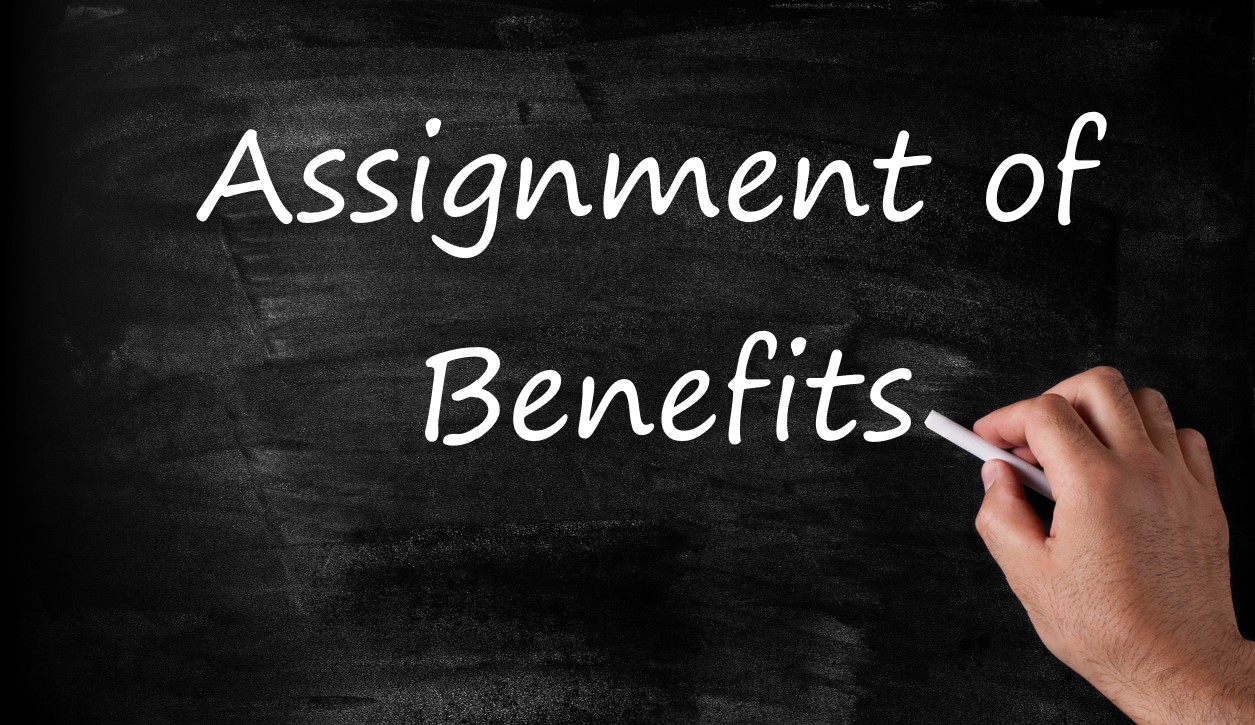Happy Labor Day! Labor Day has its roots in the late 19th century when labor activists pushed for a federal holiday to recognize the contributions of workers. The first Labor Day parade occurred in New York City on Tuesday, September 5, 1882. It was organized by the Central Labor Union, and approximately 10,000 workers marched through the city streets, holding banners and advocating for worker’s rights. Wikipedia notes:
In 1887, Oregon became the first state of the United States to make Labor Day an official public holiday. By 1894, thirty U.S. states were already officially celebrating Labor Day. In that year, Congress passed a bill recognizing the first Monday of September as Labor Day and making it an official federal holiday. President Grover Cleveland signed the bill into law on June 28. The federal law, however, only made it a holiday for federal workers. As late as the 1930s, unions were encouraging workers to strike to make sure they got the day off. All states…have subsequently made Labor Day a statutory holiday.
Labor strikes, stoppages, and slowdowns reflect workers’ efforts to secure better wages, benefits, and working conditions. Unfortunately, some threaten or result in violence, which is the situation presented by today’s insurance coverage case.1 Here is how the court described the facts:
A number of dairy farmers in Pennsylvania, New York and New Jersey had organized a guild in order to collectively negotiate for a higher price for the milk which they sold to the dairies. When the dairies refused to have anything to do with the guild, a milk strike was called. Plaintiff was one of the dairies affected by the so-called strike which commenced on February 24, 1957, and lasted until March 1 when it collapsed upon this court’s issuing an injunction against the continuance of numerous acts of force, violence and intimidation.
During the strike the entrances and exits to plaintiff’s plant were blocked off by a mob of approximately 50 men armed with clubs, cans of kerosene and spiked planks. These pickets prevented the movement of any milk either into or out of plaintiff’s premises. Attempts were made to bring raw milk in and to ship the processed milk on hand out through the picket lines. The efforts were abandoned however when it became obvious that violence would result. There is no doubt but that the plant was effectively blockaded and nothing could be shipped in or out of it during the strike. Actually, the pickets did not damage or destroy any of plaintiff’s plant or equipment. They simply prevented it from operating at all during the strike period.
How judges and juries view facts will often determine coverage regarding causation. The glaring factual view of causation made by the court regarding coverage was the point that “the pickets did not damage or destroy any of plaintiff’s plant or equipment. They simply prevented it from operating at all during the strike period.” The intimidating pickets did keep people from operating the business, which resulted in damage to the property.
Regarding coverage under the policies in place, the court noted the following:
The policy contains two endorsements extending coverage to include specified perils, either one of which, according to plaintiff, entitles it to relief. The first endorsement is a ‘vandalism and malicious mischief endorsement’ and extends coverage ‘to include direct loss caused by Vandalism and Malicious Mischief, being only willful and malicious damage to or destruction of the described property.’ The mere reading of this endorsement indicates that the factual situation upon which plaintiff bases its claim for relief does not bring it within the limits of this endorsement. The acts complained of did not result in any direct loss nor did they constitute vandalism or malicious mischief as defined in the policy since there was no willful and malicious damage to or destruction of the property. This endorsement contains a specific provision that the insurer shall not be liable thereunder ‘for any loss from depreciation, delay, deterioration or loss of market,’ thereby indicating that this type of damage was not to be considered the result of vandalism or malicious mischief within the meaning of the policy.
The other endorsement upon which plaintiff predicates its claim for relief is an extended coverage endorsement under which coverage of the policy is extended to include direct loss by ‘Windstorm, Hail,’ Explosion, Riot, Riot Attending a Strike, Civil Commotion, * * *.’ The endorsement contains a provision applicable only to riot, riot attending a strike and civil commotion which reads as follows:
‘Loss by riot, riot attending a strike or civil commotion shall include direct loss by acts of striking employees of the owner or tenant(s) of the described building(s) while occupied by said striking employees and shall also include direct loss from pillage and looting occurring during and at the immediate place of a riot, riot attending a strike or civil commotion. Unless specifically endorsed hereon in writing this Company Shall Not Be Liable, however, for loss resulting from damage to or destruction of the described property, owing to change in temperature or interruption of operations resulting from riot or strike or occupancy by striking employees or civil commotion, whether or not such loss, due to change in temperature or interruption of operations, is covered by this policy as to other perils.
Applying the court’s view of the facts to the coverage in the policy, the court ruled against coverage, finding:
The factual situation presented by plaintiff does not show any direct loss by riot, riot attending a strike or civil commotion. Further than that, the policy does not have specifically endorsed thereon in writing coverage for loss resulting from interruption of operations resulting from riot or strike as set forth in the non-liability clause (supra). This clause therefore applies precisely to plaintiff’s situation. It is undisputed that the strikers or rioters did not damage or destroy the milk by direct physical contact. What happened was that they caused the interruption of plaintiff’s business operations and it was that interruption which caused the milk to deteriorate.
The dairy attempted to cover its losses by purchasing milk from other sources to fulfill its contracts. It claimed these expenses under “extra expense” coverage. The court ruled against coverage on this issue, finding:
Plaintiff argues that the contents of its buildings, namely, its milk and milk products, were damaged or destroyed by one or more of the perils insured against and that therefore the extra expense incurred by plaintiff in securing and processing other milk at another location is an insured against expense. This argument is fallacious. The reason plaintiff had to go elsewhere to continue business operations was not because of any damage to or destruction of its buildings or contents, but rather because the rioters had blockaded the plant. As a matter of fact, the milk and milk products on hand did not go bad immediately. It was only after the lapse of some time that deterioration set in. The policy obviously refers to a situation where the insured’s property, whether buildings or contents has been damaged or destroyed by an insured peril, and it is that damage or destruction that causes the extra expense incurred in order to continue normal operations during the period of restoration. The policy defines the period of restoration as that time interval required to repair, rebuild or replace such part of the above described property as has been destroyed or damaged. This language would be meaningless if we accept plaintiff’s argument. In the situation presented by plaintiff there was no period of restoration at all for there was nothing to repair, rebuild or replace. Plaintiff could have obtained and processed milk at its only plant immediately had the rioters lifted the blockade.
Even if you accept plaintiff’s argument that the damage to or destruction of the buildings’ contents was the cause of the extra expense, it is clear that said damage or destruction was not caused by any of the perils insured against. The perils that plaintiff relies on are vandalism and malicious mischief, riot, riot attending a strike and civil commotion. The provisions in the extra expense policy regarding these perils and the exclusions thereunder are the same as were heretofore discussed in connection with the contents policy. Without going into detail, it is sufficient to observe that these same provisions regarding vandalism, riot and the like, have already been construed and held not to cover the factual situation upon which plaintiff bases its claim.
Today, it is possible to purchase special strike insurance. One aspect of those strike forms is the wording of “direct physical damage” and whether that is required for coverage. Even a “trade disruption policy” may exclude coverage for financial losses caused by strikes or labor slowdowns except where physical loss or damage to property occurs. As always, read the full policy (RTFP) to determine and advance coverage arguments.
Thought For The Day
Choose a job you love, and you will never have to work a day in your life.
—Confucius
1 Port Murray Dairy Co. v. Providence Washington Ins. Co., 52 N.J. Super. 350 (N.J. Ch. Div. 1958).




